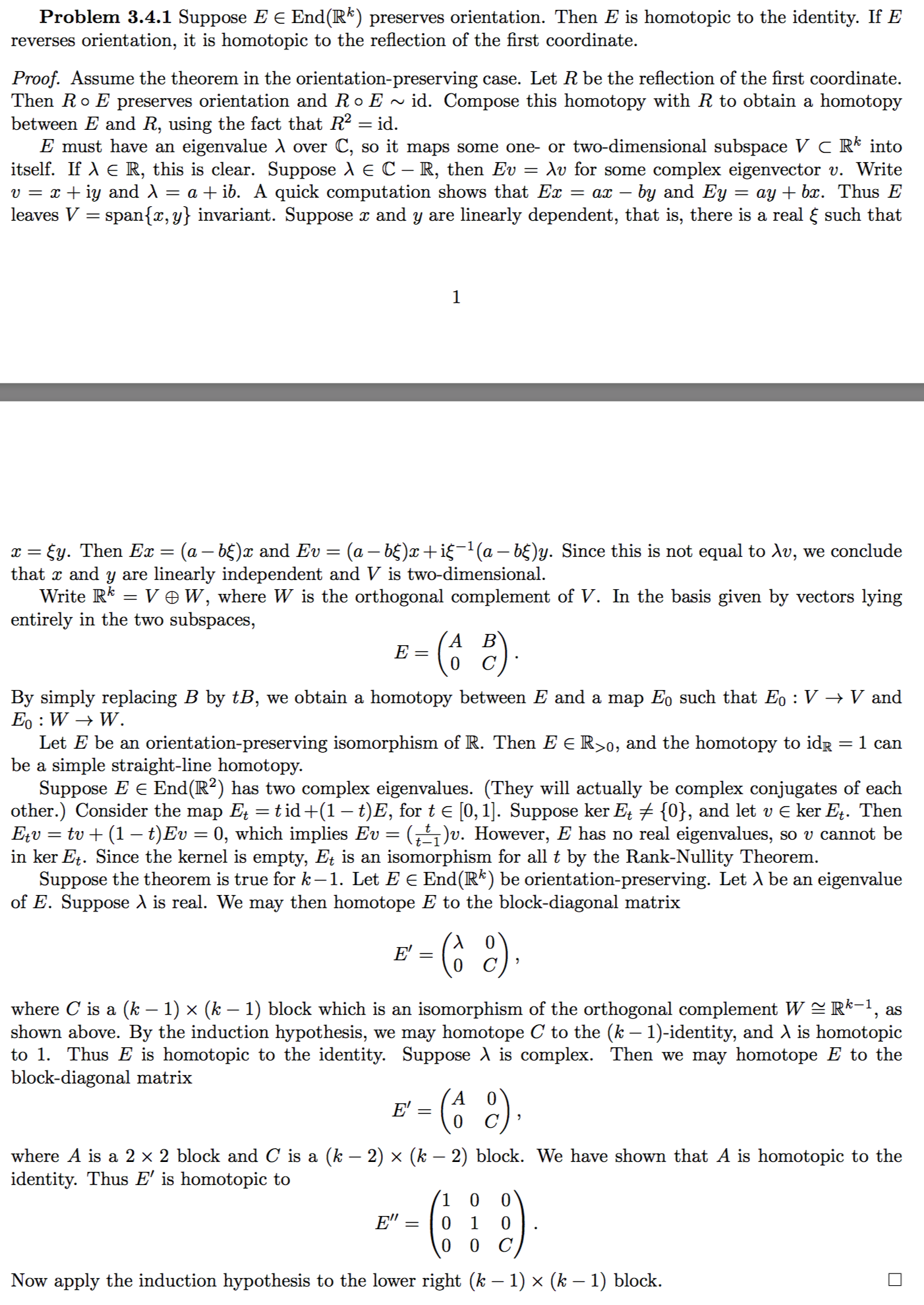00:00 - 13:0013:00 - 00:00
user116211
user116211
user116211
user116211
user116211
user116211
user116211
user116211
user116211
user116211
user116211
user116211
user116211
user54412
user116211
user116211
user116211
user116211
user54412
user54412
user54412
user116211
user54412
user116211
user116211
user54412
user54412
user116211
user116211
user116211
user116211
user54412
user218912
user116211
user116211
user116211
user116211
user116211
user116211
user116211
00:00 - 13:0013:00 - 00:00





